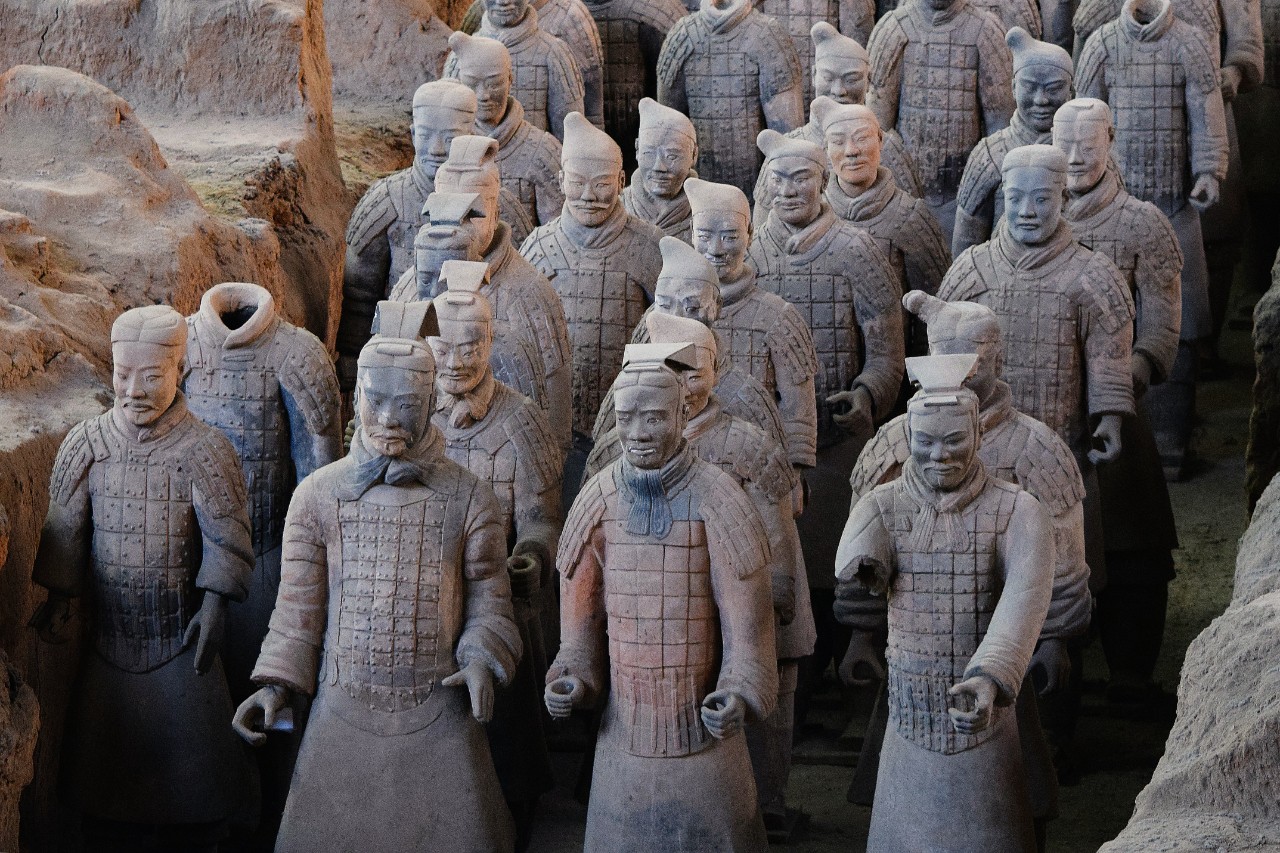The very nature of art is to heighten our social experiences, nurture self-expression, and allow for meaningful stories to be told and heard. The arts enrich our emotional worlds, providing a source of consolation, and stir our souls. They can anchor us to our local environments and expand our horizons to new experiences and people thousands of miles away.
In our time of crisis, we turned to the arts to feel. Stages might have stood bare, with galleries' lights turned off, and music halls silent — but we forged new digital spaces to feed our need. 39% of Britons reported having engaged with culture online during the pandemic. 17% of Hungarians surveyed had watched a theatre performance online, and a further 10% had visited a virtual exhibition. A group of Brazilian academics even studied the use of art as a coping mechanism for the emotional impact of the pandemic, noting the positive influence it had upon distressed medical students.
Yet, the arts are in a time of crisis. And they’re fighting to survive.
The sudden loss of funding
The economic situation of the arts industry is bleak. A gaping hole has emerged in the pockets of many institutions, artists, and cultural organisations. Pre-pandemic, roughly half of all organisations funded by Arts Council England earned revenue through their own trade and activities. An incredible 94% of Australian Art and recreation businesses braced themselves for the worst, anticipating adverse impacts due to the coronavirus. Why? These businesses foresaw one of the major consequences of lockdown; the lost opportunity for ticket revenue.
Repeatedly closing their doors to the public, once-formidable Institutions are riling from the plummeting footfalls. In 2019, the Louvre in Paris topped the most visited art museums in the world. But the beloved arts venue was forced to close its doors for 150 days in 2020. As a result, it only welcomed 2.7 million visitors that year, a stark contrast to its previous 9.6 million high. Similarly, the National Museum of China in Beijing noted a 78% drop in footfall compared with the year earlier.

Physical distancing measures caused a wave of event closures, disrupting even stalwarts of the global festival scene. The Edinburgh Festival in Scotland, launched post-WWII to bring people together after the devastation of the war, called its first cancellation in over sixty years. The pandemic has also left a path of decimated music festivals and gigs in its wake. Tents were left unpacked for internationally-renowned events such as Glastonbury and Coachella, which now have to consider further delays or a reduced offering for 2021. And musicians have had the stage pulled right underneath them, with gigs and tours abruptly cancelled.
You’d be inclined to think that the arts sector would ‘bounce back’ with the relaxation of social distancing. But this is not simply the case. Despite a long-hot summer of reduced social restrictions and government-sanctioned socialising, UK art venues saw a staggering fall of 90.3% revenue figures in October 2020. In North America, performing art venues witnessed a decline of over 50% in their ticket sales from March 2020 onwards. The following August saw the highest drop ever compared to previous years, with a titanic dip in sales of 92.2%.

The catastrophic impact on everyday lives
The abrupt halt to the flow of funds and footsteps through the doors has had a devastating impact. Livelihoods have been lost overnight. Relying on a spate of gigs, commissions, or temporary contracts means a precarious cash flow for many artists — at the best of times. The pandemic unmasked the fragility of these livelihoods. By March 2020, the Cirque Du Soleil had laid off 95% of its workforce. Before the outbreak, only 3% of Norwegians in the Arts and Entertainment sector received benefits. In April 2020, this rose to 20%. With music events cancelled across Sweden, groups and artists missed out on an estimated 178 thousand Swedish kronor each in 2020. Suddenly, people lost careers decades in the making. Speaking to ABC, Kagey Parrish of The Honeydews reflected how:
"It took us 11 years to get to that point where we could schedule multiple international tours in a year and continue to build audiences across the U.S. Everything went into limbo pretty quickly. The financial side of things is hard even in normal times."
Our jobs form a significant part of our social identity and self-perception. Coupled with financial insecurity, the mental well-being of many artists is at an all-time low. The HEartS Professional Survey charted the mental health of over 11,000 performing arts professionals in the first wave of the pandemic in the UK. The survey noted exceptionally high reports of depression (57.04%) compared to average UK population levels, with over 22% admitting that they often or always felt lonely.
The ramifications of the virus for the future of the Arts could be even more devastating. Organisations big and small are fighting against a tide of closures. Some are more fortunate than others and can ride the wave out with government funding and backed-up funds. Others have already taken their last bow. Casualties of the virus include the much-loved Upright Citizens Brigade Theatre in New York, whose co-founders include Amy Poehler, which closed its doors in April 2020.

How we can save the arts
The short-term solution is to plug the funding gap. Several governments have sprung into action and announced emergency packages. Shining examples include the Agency for Cultural Affairs in Japan, which allocated over 56 billion Japanese yen to support and protect the nation’s art sector. Over in the Netherlands, the government assured an incredible 882 million euros of aid in 2020, specifically for the arts and culture industries. The Biden Administration secured a lifeline for the US Arts, Humanities, and Museum and Library services, promising a $200 million endowment.
But the future of the arts is in serious jeopardy.
In the UK, Education Secretary Gavin Williamson unveiled a controversial 50% cut to funding for university art courses, jeopardising future artists' education, training, and opportunities for generations to come. Moreover, government-funded packages tend to protect institutions from falling into bankruptcy and not the people. Governments could learn from Japan’s cultural fund, where self-employed artists can receive up to 200 thousand Japanese yen each with a simple registration online.

There’s an urgent need to look beyond immediate relief to safeguard the future of our creative talent. Tough questions and radical solutions are required to steady the precarious nature of artist’s livelihoods.
The shadow of post-traumatic stress also lingers. There is a collective apprehension of public spaces and proximity to others—neither of this bode well with the social spirit of the arts. Considerations for the accessibility of arts venues and robust communication plans could counter the stigma of mass gatherings and socialising.
Culture has become a scarce resource. It must be protected for our own – and future generations – enjoyment.
Written by Laura Deakin





